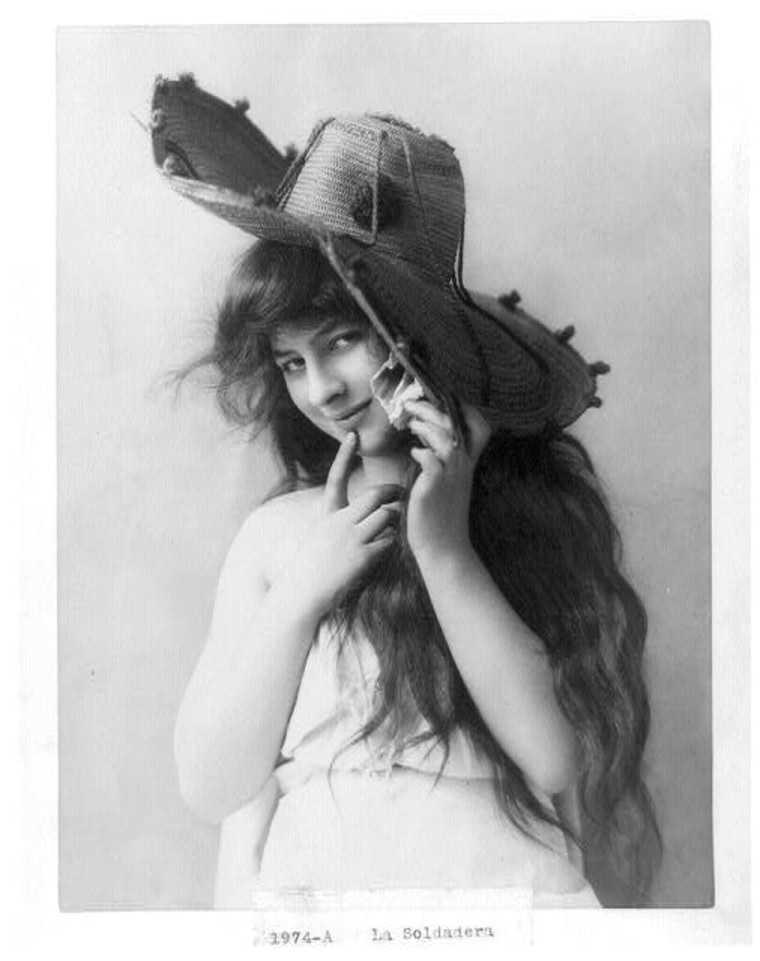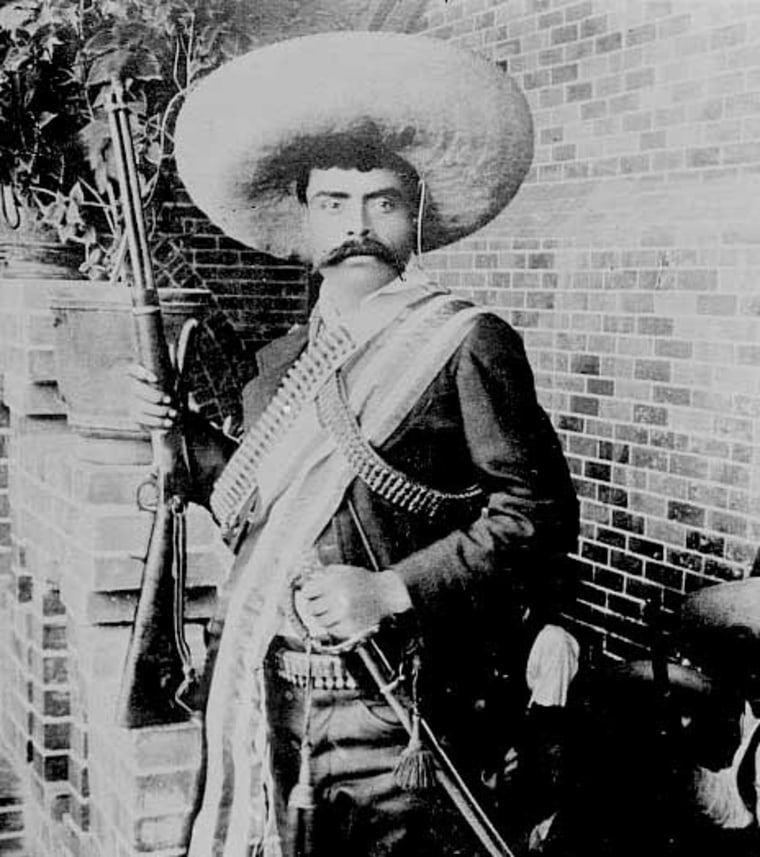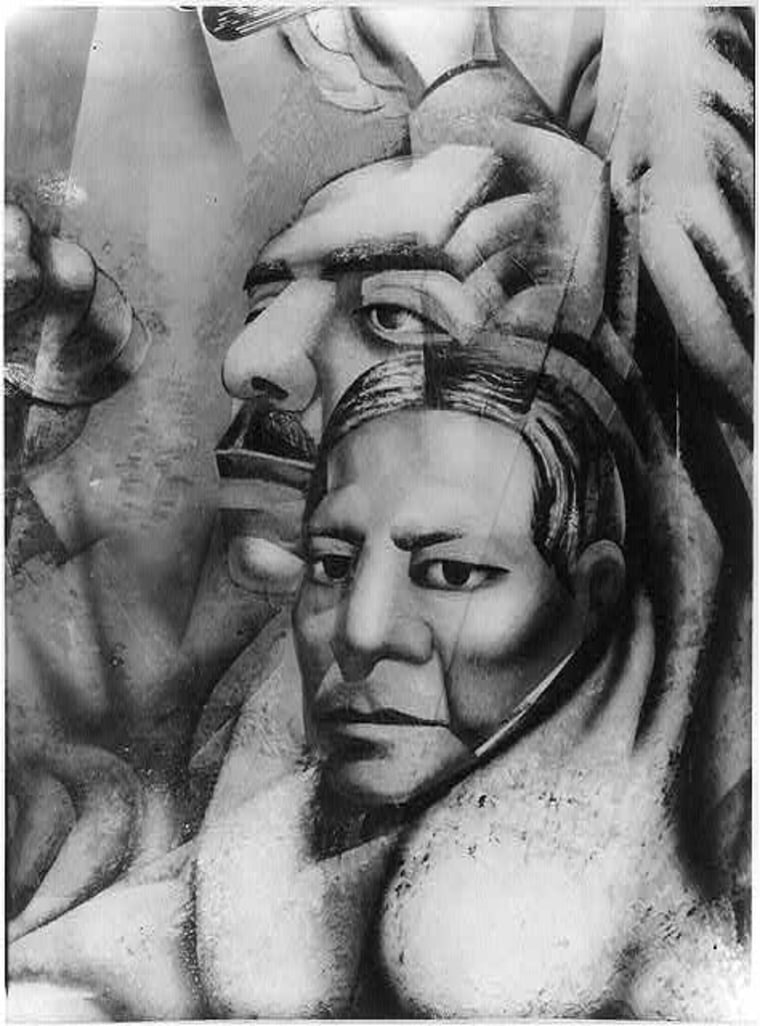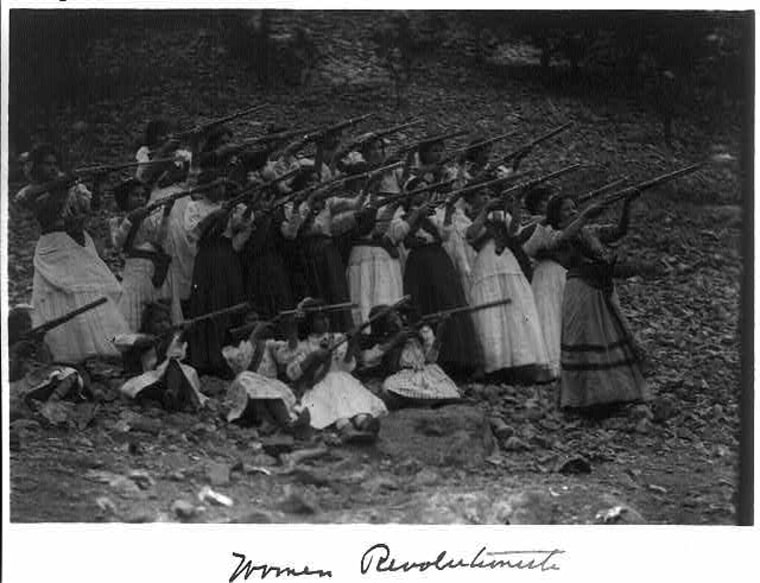Just in time for Hispanic Heritage Month the U.S. Library of Congress has rolled out an interactive online exhibit that tells the story of the sometimes complex but never boring relationship between the neighboring countries of the United States and Mexico — with a particular focus on the Mexican Revolution in the years 1910–1920.
“The Mexican Revolution and the United States in the Collections of the Library of Congress” allow readers to travel back in time with just a click of a mouse and immerse themselves in a wealth of information that includes items from various parts of the library – the largest in the world with more than 162 million items.
The exhibit includes videos, audios, photographs, maps, manuscripts, books and several rare items, such as letters from President William Taft, who was in office during the early years of the Mexican revolution.
The entire exhibit is also available in Spanish.

The materials, many of which are available online for the first time in this exhibit, also examine the U.S. invasion of the Mexican port city of Veracruz in 1914, and the 1916 search and unsuccessful attempt at capturing General Francisco “Pancho” Villa, led by U.S. Army General John Pershing.
The exhibit is divided into seven sections that include a meticulous description of the factors that lead to the 10-year armed struggle which fundamentally changed Mexican culture and its governmental structure. It also depicts some lesser-known aspects of the conflict that started as a revolt against the established central government and expanded into a national civil war, such as the U.S. involvement in pitting Mexican leaders against one another.

Another section features the prominent role women played in the revolution, “soldaderas” fighting alongside the men on the battlefield and pushing for equal rights for all women in Mexico. Several women are highlighted, including Col. María Quinteras de Meras, who in three years fought in ten battles, writer and activist Dolores Jiménez y Muro, and journalist Hermila Galindo, who edited a feminist journal and often wrote that a revolution without equal rights for women was not a true revolution.
Music also played a prominent role, and Library of Congress researchers include corridos (narrative ballads) and other music popular during that time, as well as rare video footage of a military parade in Mexico City. Another video shows soldiers and women leaving Mexico City and is described as “the self-sacrificing soldaderas following their brave men.”

Yet another video shows Gen. Pershing “in pursuit of Villa,” and who is termed “the pest of the U.S. government.”
The consequences of the revolution are also explained in vivid detail. This includes elements of the seminal 1917 Mexican constitution, which cemented the separation of church and state, granted labor the right to organize and expanded land holdings to communal groups and not just a few.
